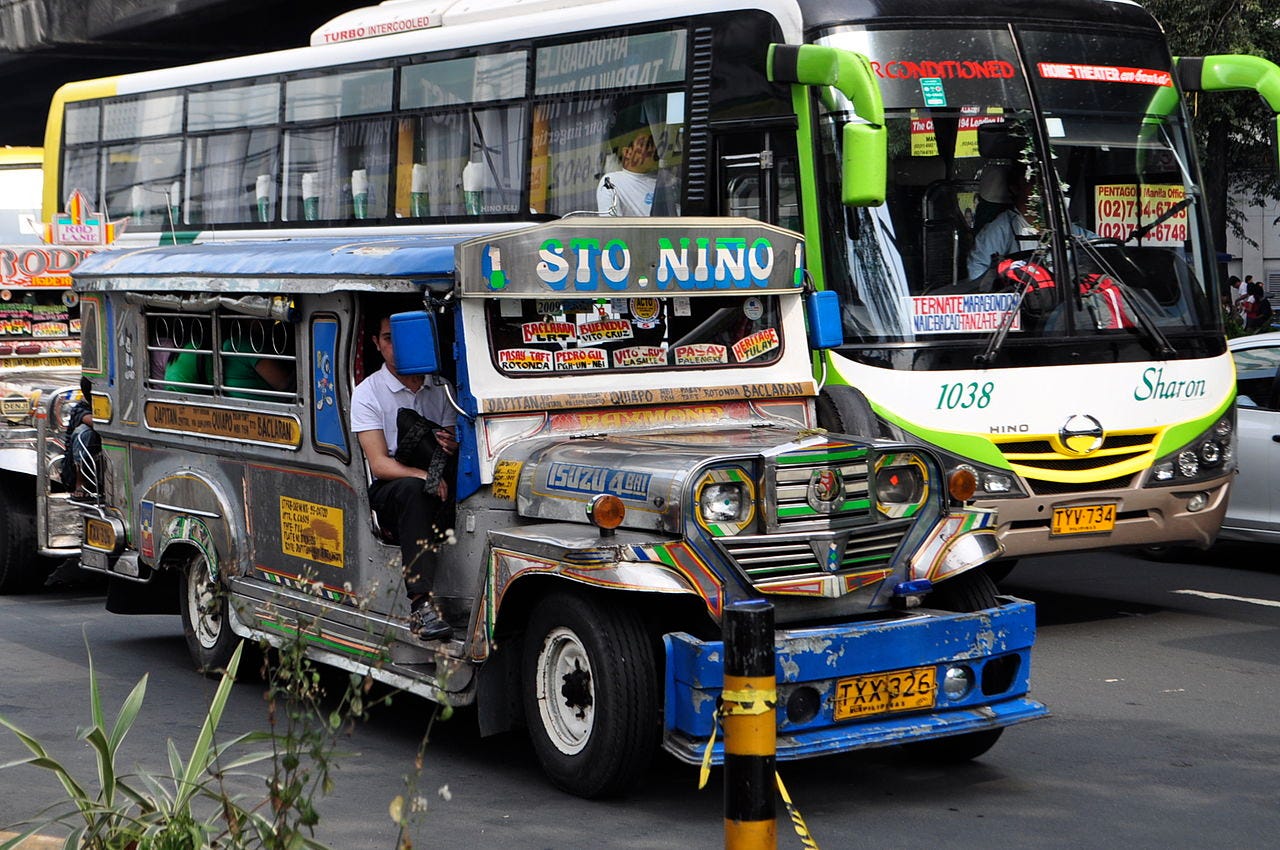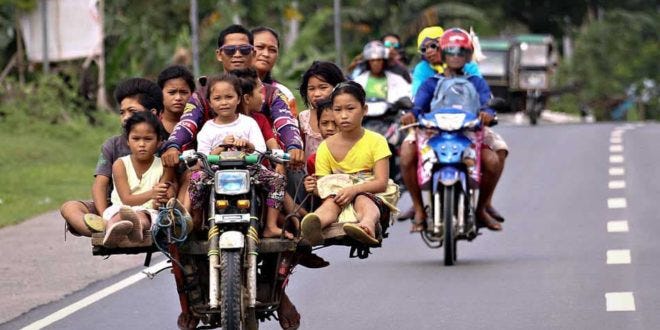Hi, there!
Welcome to this 6th release of Makeshift Mobility, my fortnightly newsletter cataloging innovations in informal transportation.
It’s been 12 weeks since I started this project so this makes it a quarter-year anniversary of sorts. When I started, I told myself I’ll try it for a year to see if there is an audience.
So far I’ve found a small, probably very niche audience.
FYI, you are one of about 800 people who are my regular readers. Thanks!
I’m very happy about the readership but I am disappointed that not too many people seem to want to:
Ha! -sorry. Didn’t mean to be sneaky. But hey, if you are enjoying this newsletter, please do share.
OK, back to regular programming.
“A crisis is a terrible thing to waste”
That quote is from Paul Romer.
I wrote a post on Medium (and on Facebook) last week about how Metro Manila, my home mega city, can use the COVID-19 crisis to protect public health while fundamentally reforming its transportation system.
How exactly? By having the government pay the jeepneys and buses to run their routes as part of the country’s economic rescue package.
By paying for the service, we rescue livelihoods; provide free transportation (for at least 90 days); reduce loads in jeeps and buses (social distancing); and, eliminate a transmission vector (cash fares).
It will also allow us to test drive (pun intended) pay-for-service contracting. This breaks the every-passenger equates to revenue connection that makes informal transportation so hard to manage and makes for precarious livelihoods in the sector. The current business model is also a huge counter-incentive to complying with social distancing.
If my proposal works, it could be the first step to fully reforming the transportation sector. (Transportation in Metro Manila has been suffering its own crisis even before coronavirus.)

Photo by Stephanie Azarias & Alexander Olpindo (Wikipedia Takes Manila participant) CC Share-alike 3.0
My post received quite a stir back home. Government leaders have reache out. Will report back if we can move the needle.
Cross your fingers for me.
Changing the model
Moving informal transportation (privately provided public transportation) to service contracting is not a new idea. That’s (part of) what Seoul did in 2004 with its highly succesful bus reorganization program. By pooling revenues and paying operators for route service (not per passenger), Seoul created a better managed system to replace the hyper-competition that had led to worsening service.
Bogota did the same around 2010 to try to tame the collectivos.
Building on the success of Transmilenio (BRT), they moved the collectivo system to service contracts. It wasn’t a complete success. As Dario Hidalgo (one of the architects of the project) reports:
The new formal system (called SITP) resulted in worse service to the users, a high yearly subsidy (paid by the city budget) and bad business for private operators Main lesson: cities need to be prepared to pay high costs for formalizing transit, particularly higher labour costs
But, as Dario also says:

So there are lessons to learn.
Paul Barter asked if it could also apply to other informal transport systems in other cities dealing with COVID-19.
Absolutely.
After all, necessity is the mother of invention and cities have been rapidly innovating to respond to the crisis. (Paul runs the Reinventing Parking and Reinventing Transit blogs and podcasts.)
I’m hoping the COVID-19 public health and economic crisis will provide the clarity and momentum that Metro Manila (and other cities) need to reform Makeshift Mobility.
A matatu by any other name redux
Remember that map of informal transportation names I shared in the 2nd issue of Makeshift Mobility? Turns out there IS NO global database of names for informal transportation vehicles. Help me build one.
Maybe having a shared list will help us understand that Makeshift Mobility is a global challenge. I plan to crowdsource the list and will need your help.
Here’s my initial list of eight phenotypes in makeshift mobility:
The minibus - usually 24 to 30+ seaters - like the South American collectivos and the larger East African matatus and tro-tros (usually the ones that run intercity routes)
The van - usually 15 to 24 passengers —like the Nigeria’s danfos and the smaller matatus -based on the Toyota hi-ace or similar vehicle -this can include the Philippine jeepney which is really a matured version of #3 below
The pickup with benches - like the sŏrng·tăa·ou of Thailand or the lain ka of Myanmar - usually rural (so the pickup can also be used for farm/produce)
The three-wheeled motorcycle —either with side-car or a full cab (like the India’s autorickshaws or Pakistan’s chingquis)
The three-wheeled pedal powered tricycle - e.g. trishaws and cyclos
The two-wheeled pedal powered bicycle (like the original boda-bodas from Uganda)
The motorcycle taxi --two-wheels --like Thailand’s motorapsai or GoJeks
Exotics - like the Philippine's “skylab" or habal-habal (a motorcycle with two cross planks of wood)

The “skylab” from MindaNews photo by Erwin Mascarinas
Can you think of any more phenotypes? Write it in the comments below.
That’s it for this week. Please do your best to flatten the curve! And, please do subscribe and share.
I’m Benjie de la Peña, a transport geek and urban nerd. I live in Seattle with my family and two cats who like cuddling. One of them has learned how to fetch. (I kid you not!)
I think a lot about strategic design, institutional shifts, and innovation. I believe makeshift mobility could be the single greatest lever to decarbonize the urban transport sector --but only if we can organize.




Abolish the boundary system and replace jeepneys with double deck HK style buses with fixed bus stops and arrival times. Replace UV shuttles with PTP buses from Park and Ride facilities in the suburbs. Replace EDSA buses with a BRT system. Put a BRT system along C-5 too.